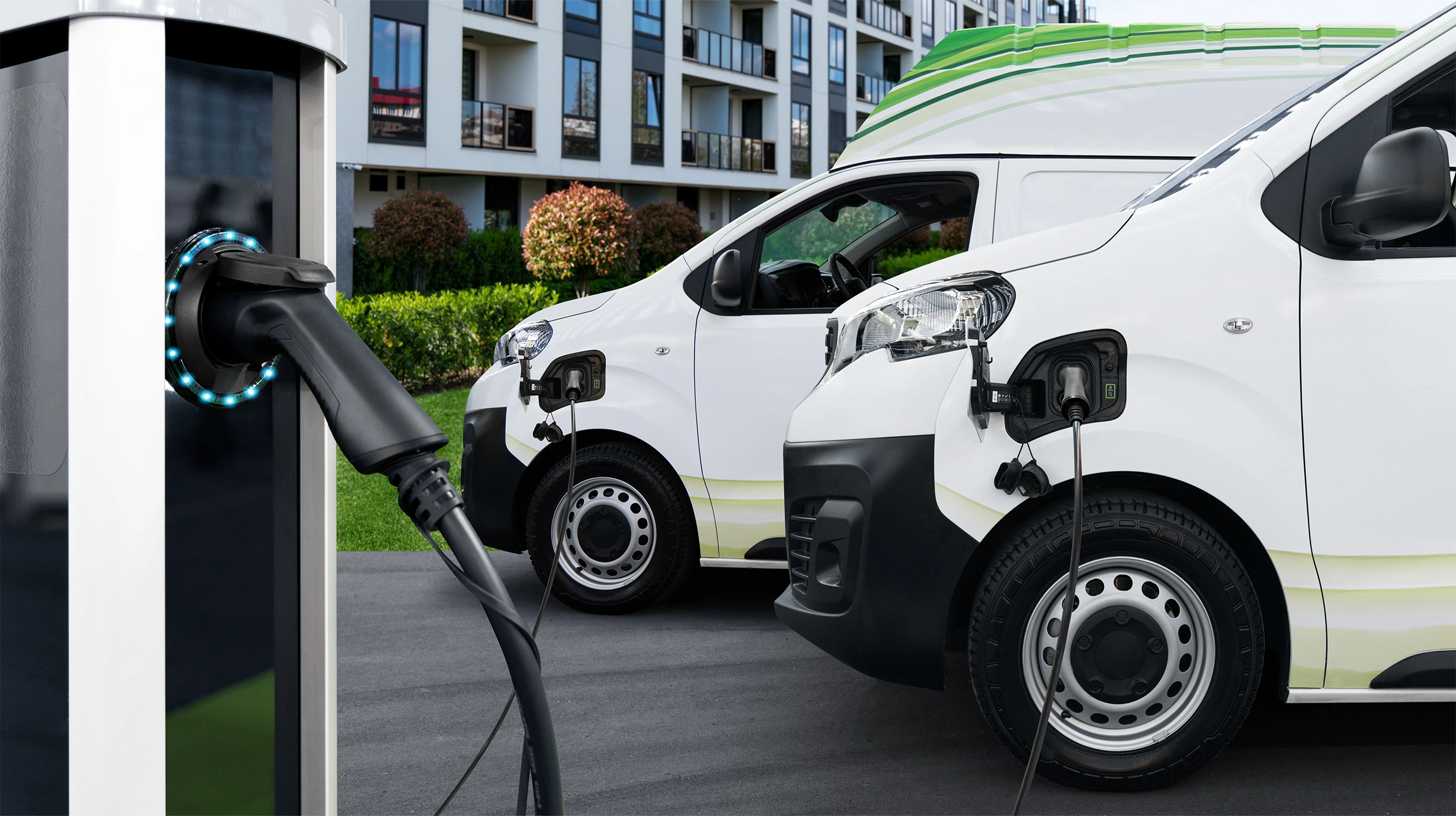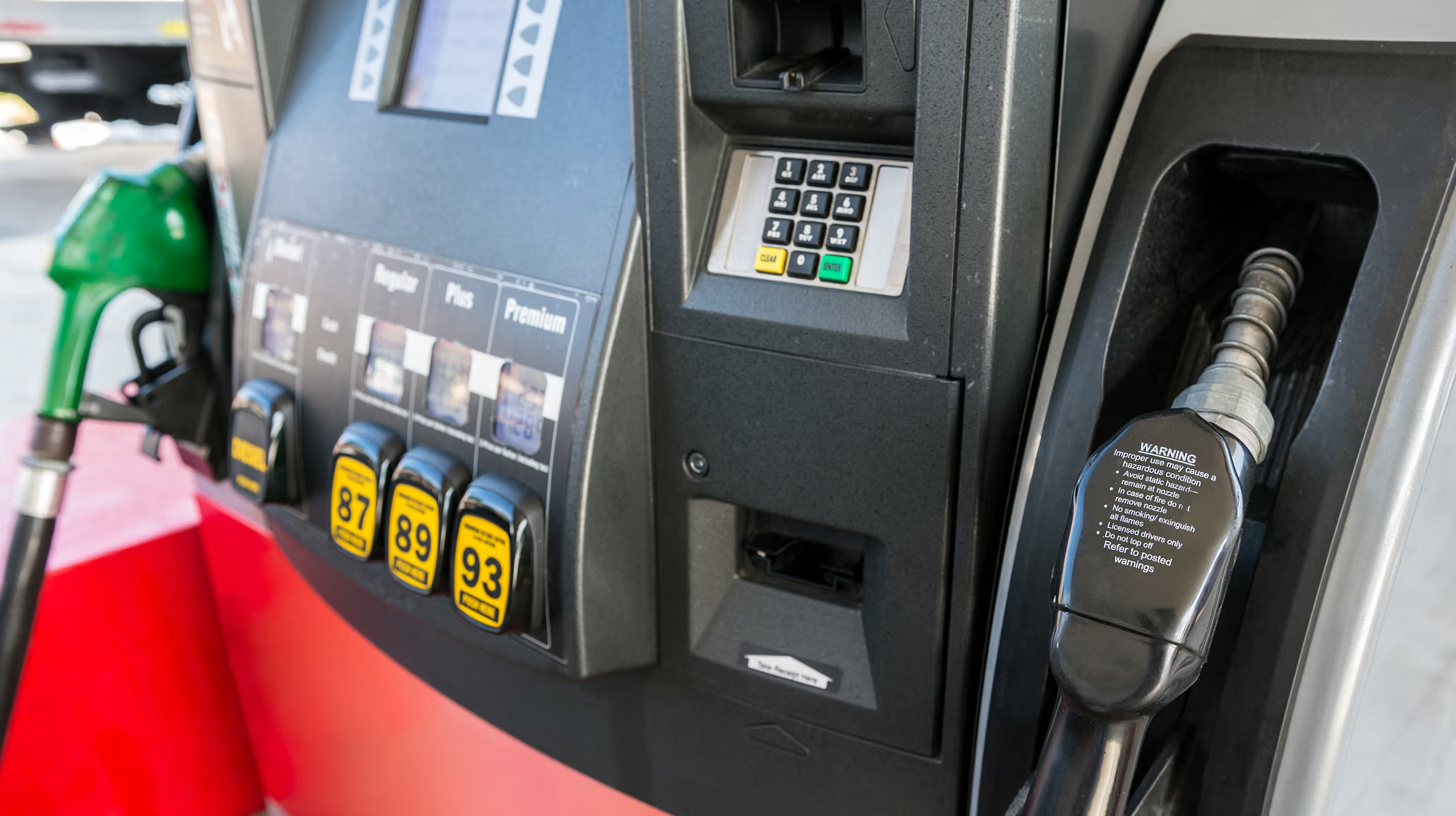More blog posts
View all blog postsVehicle & Equipment Management
Three reasons why vehicle engine idle times are too high, and what you can do about it

You already know that excessive idling is costing your business, particularly when gas prices are on the rise. You also know it’s adding to the wear and tear on your engines.
But sometimes you don’t know the actual reasons your drivers are idling their vehicles so much.
Let’s take a few minutes to talk about the reasons drivers idle, why it’s bad for your fleet (and it’s not just fuel consumption), and ways you can address the problem of too much idle time.
1 — They believe they need idle time to warm up the vehicle’s engine
This myth has persisted for a long time and while it might not hurt older engines, it can cause things like soot build-up on newer diesel engines that have advanced pollution controls. A short 30-second idle and then driving gently is a much better warm up for a vehicle.
During trips, if a driver is planning on idling for more than about 10 seconds, they will save more fuel by switching the engine off (some trucks need to keep the engine on to reduce stress on starter motors or maintain air to a brake system).
And, while there may be situations where an idle-down is needed, if the vehicle has been driven normally there is no need for this practice either.
2 — They’re using idle time for accessories
It’s only fair to want to keep your work environment at a comfortable temperature, and commercial drivers are no different. To keep the cabin cool (or warm) many drivers will keep their engine running, regardless of how long they are planning to idle for, which can be wasteful when there are other options.
Some fleets have installed auxiliary power units (APUs) into cabs, particularly long haul trucks, to allow drivers to keep accessories such as air conditioning operating while the engine is switched off.
There are some accessories that are valid reasons for engine idling. These are commonly known as Power Take-Off (PTO) accessories and are generally found on commercial vehicles that have been customised to do a specific job.
For example, a fire engine will use a PTO to run a water pump. A lifter truck will use a PTO to run a cherry picker. With Inseego idling reports you can filter out this type of engine idling (also called productive idling) so you can focus on the idling that can be legitimately minimised.
3 — They just don’t realise they’re idling as much as they are
You can’t manage what you’re not measuring. This well-known expression definitely applies in situations where a fleet has excessive idling. It’s quite easy for drivers just to get in the habit of leaving their vehicles idling, and think nothing of it (which is even easier when you’re not paying for the fuel!).
There can be a number of situations where drivers are mindlessly idling company vehicles, including:
- Finishing up paperwork
- Making phone calls
- Rest stop
- Loading/unloading
- Checking on a job site
Even short periods of time idling can add up across an entire fleet, and, over long periods, can seriously harm your fleet’s fuel economy. But without any sort of visibility on the problem or vehicle tracking, it never becomes a concern and these wasteful habits will never change to reduce idling.
Know your idling situation better so you can take action!
To recap, you already know excessive idling is causing a range of problems for your fleet:
- Unwanted fuel costs — Basically, you’re paying more than you have to at the pump, and this is bad news, especially in times when energy costs have gone up a lot. According to the American Environmental Protection Agency (EPA) an hour of idle time, for a heavy-duty truck, can burn up to a gallon of fuel (3.8 litres).
- Increased maintenance costs — More vehicle idling equals more engine wear, reducing the life of the vehicle, and increasing downtime. There is often more maintenance, including oil changes or new parts, such as spark plugs and exhaust systems, especially for vehicles running on diesel fuel.
- Environmental hazards — Unnecessary idling creates extra emissions, contributing to more air pollution and carbon dioxide in the atmosphere, adding to climate change, and a more stressful, noisy environment for workers (and poorer air quality for the rest of us!).
The solution to excessive idling is not difficult but there are some helpful tools, like telematics, that make the process easier, more efficient and less time consuming.
Some ways to achieve idling reduction include:
- Idling reports — Set up idling reports in your fleet management software to monitor idling across all fleet vehicles. Reports can display the amount of time an idling engine has been recorded, by vehicle, driver and location. You can filter out productive idling (e.g PTO use), and create calculations to determine the approximate amount of fuel used.
- Driver reminders — Install audible reminders for drivers when a vehicle is left idling for too long.
- Targeted training — Using idling reports, focus on the most wasteful situations and address them first for the biggest gains.
- Driver education — Using the collected idling data, talk to drivers about ways to address the problem, the reasons for an idling vehicle (even if it’s just stopped at a red light), and discuss solutions together to help cut fuel costs.
Inseego GPS fleet tracking software is designed to help you automatically identify ways to reduce operating costs, and it can be very effective in helping you realise how much idling is happening in your fleet, and highlight ways to solve the problem.





